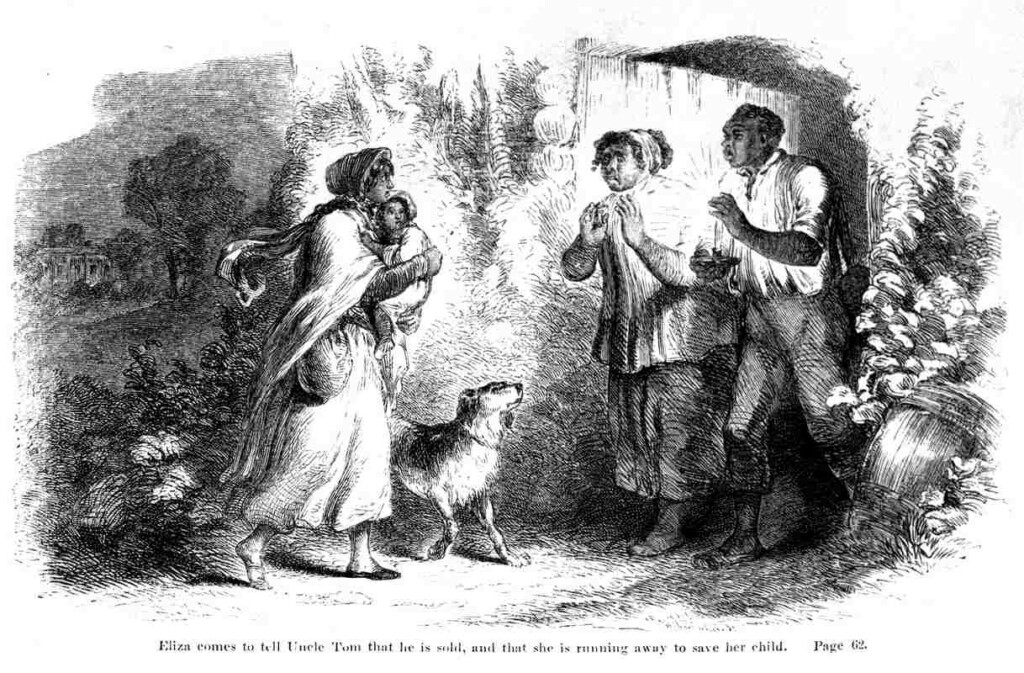
www.iflscience.com
Despite Failing Gyroscopes, NASA Has A Plan To Keep Hubble Working
Fears of the death of the Hubble Space Telescope have turned out to be greatly exaggerated, with plans announced for it to go on, operating on a single gyroscope. Practical observing time will be reduced, as it will take Hubble longer to move from one target to another, but there are no plans to shut it down. On May 31, Hubble was placed in safe mode because of faulty readings from one of its gyroscopes. When this was followed by the announcement of a press conference Tuesday afternoon, American time, fears were high that its closure would be announced. After all, Hubble has been operating for 34 years, the last 15 of these without the capacity to service it.Instead, the conference described a plan to keep the space telescope operating, quite possibly until the mid-2030s when its decaying orbit will see Hubble burn up in the atmosphere, unless intervention occurs. Hubble needs its gyroscopes to shift its orientation from one part of the sky to another, as well as to maintain focus on a target once it’s there. It’s designed to operate with three at a time. The 2009 repair mission left it with six – but three of these failed within a decade, so since 2018 it has had no redundancies for full operations. The latest failure means the end of peak performance for the foreseeable future.However, while three gyroscopes are ideal, in 2008 Hubble demonstrated the capacity to operate on just one, albeit with longer downtime as it reorients. The process relies on using Hubble’s magnetometers and sun sensors to combine with a single gyroscope to get Hubble pointing in the general vicinity of the target. From there, fixed head star trackers and eventually fine guidance sensors slowly bring it to the precise spot in the sky. Once it has found its target, a single gyroscope keeps Hubble pointing almost as precisely as all three.Schematic of Hubble's multiple guidance systems.Image Credit: NASA/STSciThe new plan will rely on one of the remaining working gyros, with the other gyro placed in spare mode, to take over when this one fails,Even the malfunctioning gyro may not be completely dead. It‘s suffering what is known as “saturation”, where it reports the telescope is slewing at the maximum rate when it moves between targets, irrespective of the actual speed of movement. Hubble’s operators have found they can fix the problem temporarily, but saturation always returns. However, with more time, a permanent fix may be found.The gyroscopes are Hubble’s weak link because they rely on wires thinner than a human hair to carry power in and data out. Passage through the fluid inside the gyroscope can lead to corrosion. The limitations may encourage NASA to spend more time on a few targets where extended observations are particularly valuable, such as the famous Hubble deep field, rather than shifting as often. They will also prevent viewing objects closer to us than Mars, given the rate of movement required to track them. However, NASA noted in a statement; “These are rare targets for Hubble.”When operating, a wheel within the gyroscopes spins at 320 revolutions per second. The considerable angular momentum this provides makes it easy to measure the force produced by any turning of the telescope, allowing that change to be tracked precisely.After the closure of the space shuttle program, NASA lacks the capacity to perform maintenance on Hubble, let alone boost it into an orbit safe from atmospheric drag. Billionaire private astronaut Jared Isaacman has offered to cover the costs to revamp Dragon to extend Hubble’s life beyond that date, but questions of safety have kept NASA undecided on the idea. Even without such a mission, however, if Hubble can squeeze four years’ worth of operation out of each remaining gyroscope, it could be operating after the JWST, branded as its successor, runs out of fuel.Hubble has had plenty of near-death experiences before. However, like the hero in an action movie who saves the day operating on one leg (read: gyroscope), one of the greatest scientific instruments in humanity’s history just doesn’t quit.














